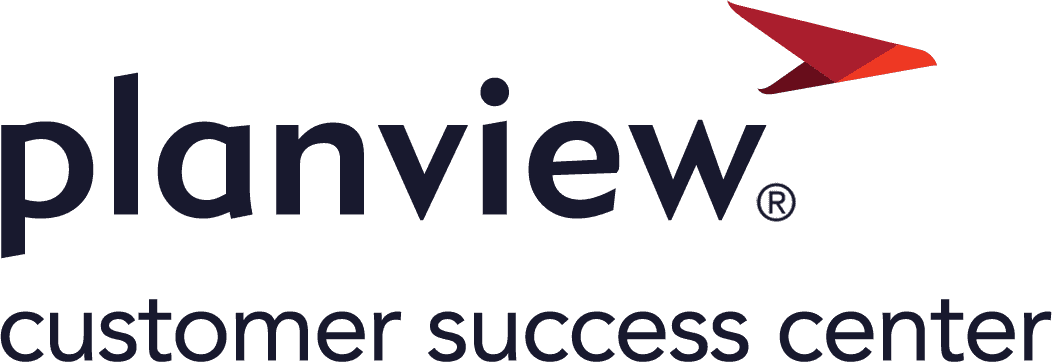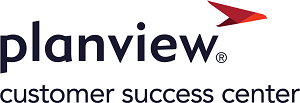|
To start, we focus on the people, or your various user communities who will interact with Planview. It's essential to prepare them for change by generating awareness of upcoming shifts and providing tools, support, and learning opportunities.
Consider how your team feels about the change – are they even aware of it? An important question to ask is, how many aspects of their jobs will change? The greater the number, the more preparation will be necessary.
|
The next step is to examine your internal processes. As you implement Planview, the way users perform their jobs may change compared to their current practices. It's crucial to identify and discuss which processes will be impacted and whether they need to change in part or entirely. Users will need a clear understanding of the new or updated processes.
To support this shift, start by assessing how processes currently operate within your organization. Do you have defined processes? If so, is there a protocol for documenting them?
|
The third aspect of the adoption equation is technology, which involves the design, set up, and configuration work required to get Planview ready for use.
By using this proven formula, you’ll be better positioned to achieve your goal of successful adoption. However, all three components – people, internal processes, and technology – must be in place.
|

